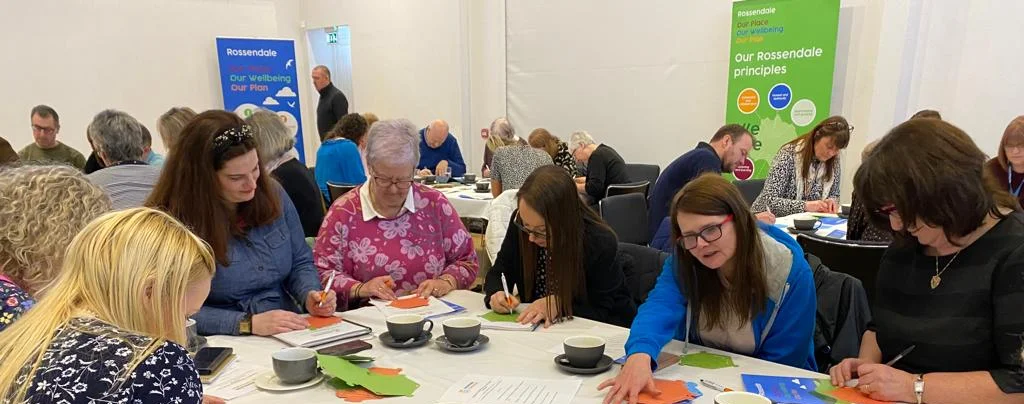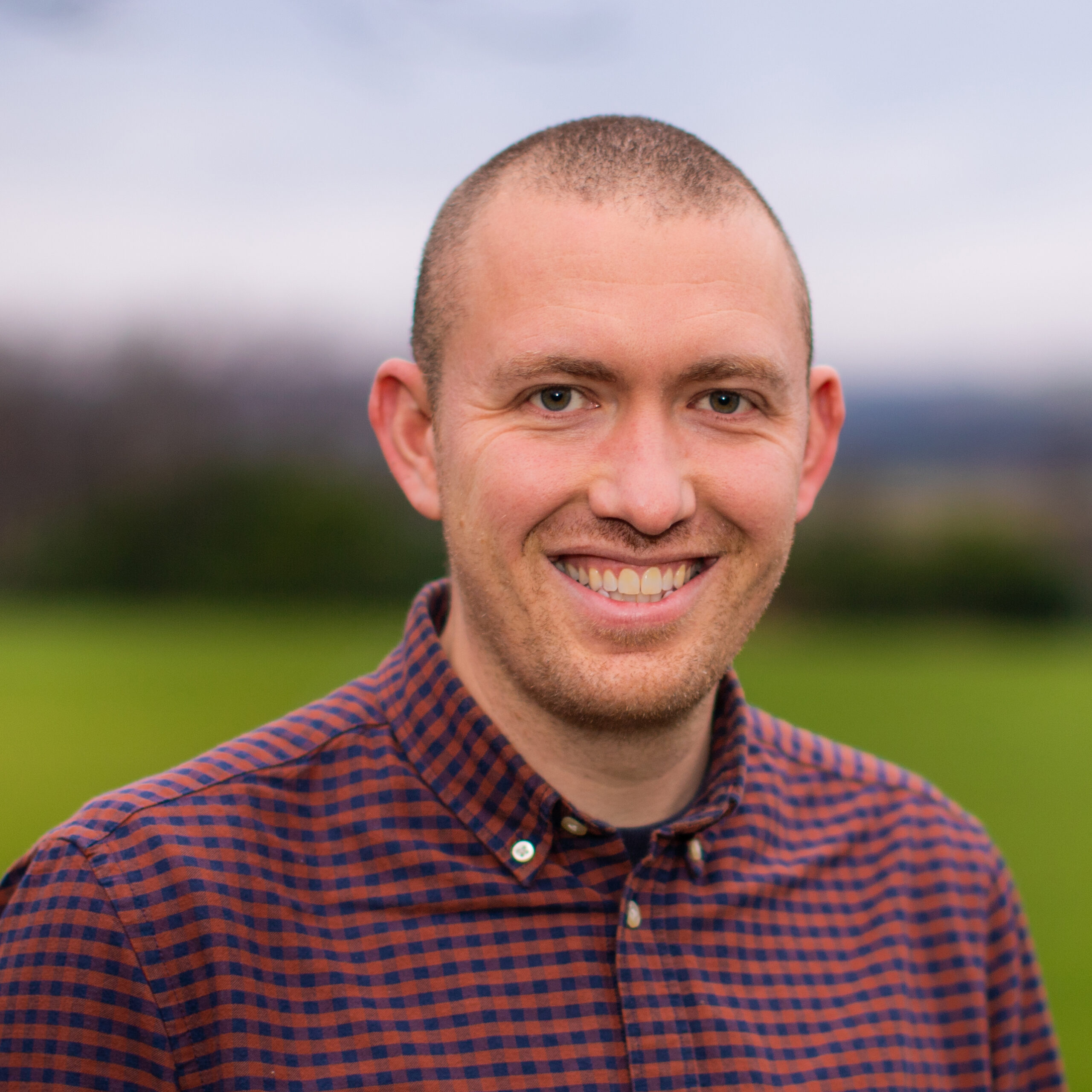Rossendale Health Plan: A Story of Deep Collaboration and a Place with Common Purpose
Lots of councils develop a health and wellbeing strategy, and lots of health organisations like CCGs do too. These plans might refer to communities, the “wider determinants of health” and “population health management” – but Rossendale, Lancashire have gone one step further, and community organisations have come together with statutory partners to write a health plan for the area. The “Our Place, Our Plan” has been built on two years of network development known locally as Rossendale Connected.
What we’ve done?
Background: Rossendale Connected is an informal collective that came together as a response to Covid and has since developed into health activism and coordination network that brings together community organisations, social enterprises, charities, local authority and NHS colleagues. The group has over 150 organisations connected, with 30-40 partners getting together virtually every month. Over the last two years the group has developed shared initiatives, captured learning, built collaborative programmes and approaches – all centred around community health and wellbeing.
Developing a Plan: Several months ago, the local borough council had an aspiration to develop a health strategy/approach for the Council, but quickly shifted perspective when the Rossendale Connected group suggestion that the network could co-design a plan that represented the principles, aspirations and actions of the whole pace, rather than just the council. Rossendale Connected had already been having conversations about the need to transition our collective purpose from Covid to the wellbeing of our place and so the timing was perfect to bring the two ambitions together. Through a series of workshops and conversations, partners establish a set of principles of working together that reflected the ways we were already interacting, four key priorities, and a framework that encouraged every person and organisation to consider the difference they could make and how they could contribute to the plan.
The Priorities within the plan are:
Community Led Mental Wellbeing
- Physical Activity and Healthy Weight
- Developing Facilities to Support Health and Wellbeing
- Rossendale shaping local services
The Rossendale “Our Place, Our Wellbeing, Our Plan” is written in simple accessible language, is interactive and has built in video content to give added context and vibrancy to the plan.
Structure to support momentum: The Rossendale Connected Health and Wellbeing partnership has aligned all its agendas and structures around the principles and priorities of the plan, and the plan has a clear structure to progress ongoing collaborative work. For example, action focussed monthly virtual meetings will bring partners together around each priority, and these will be coupled with six monthly “Big Connects Conferences” to share learning, deepened relationships and make new contacts.
How we did it?
There are many elements that have built towards the plan; these are some of the key ones:
Aligning workstreams:
Through our connectedness, we were able to establish that Rossendale Council had an ambition to develop a health strategy, Rossendale Connected partners wanted to establish a clear vision of legacy post covid and the CCG were exploring ways to building community resilience post covid. These workstreams coming together gave momentum to all three workstreams, but also quickly established shared purpose.
Creative Engagement:
It was clear that we all wanted a plan that was a collective “ours” rather than a sense of organisations ‘signing up’ to someone else’s plan. A year’s worth of workshops, conversations, explorations and collecting ideas gave us two advantages, firstly that everyone’s ideas were in the mix, but also that everyone felt connection to the priorities and principles that would ultimately appear on paper. The engagement sessions were creative, active, and meticulously planned to create spaces and atmospheres where people could contribute freely, openly and authentically.
Planning not Plans:
The power is in the planning, not the plan. It is through the planning process that the relationships have built, the shared vision has been realised and there has been a commitment to moving it into action. Thus, this Health & Wellbeing Plan is a celebration of the planning.
Finding the right Skills:
We knew that we wanted the plan to be engaging, easily accessible for all and in the right language. Rossendale engaged with Together an Active Future to provide some assistance in writing and developing the actual document – with the careful ambition that it wouldn’t just be a plan, but a tool to stimulate conversation, challenge the system and inspire partners to act. Within the plan, there are sections that pose questions and invite contribution from the reader and their wider organisation.
Gratitude:
A key element of the “how” and one of the principles of the plan is “Gratitude and Appreciation”. Since inception, the group has developed a positive habit of expressing and building appreciation for each other, the vital role each individual and organisation plays. This has been led and modelled by a growing group of individuals within the network which has spread naturally among the wider group. We have recognised the value of partners informally in meetings, expressed appreciation for each other through thank you cards, and demonstrated gratitude, respect and trust by encouraging everyone to have a voice, input, contribute, share and express appreciation.
What has been the impact been?
There is growing impacts of the plan across the different layers of the system. The collective design of the plan has brought a sense of buy in across the place both within the local authority, health systems partners, the voluntary sector and community organisations and groups. This has led to a range of impacts large and small from a ripple of endorsements from the CEO of BWD/East Lancs CCG “This is the best example of population health management within a place.” To change in health coach priority areas to collaborative Winter Walking programmes across community groups. The plan also received endorsement from the Health Equity Commission for Lancashire and South Cumbria and the director of public health who commended the innovative style of approach. – watch Dr Sakthi Karunanithi, Director of Public Health for Lancashire County Council (45secs)

